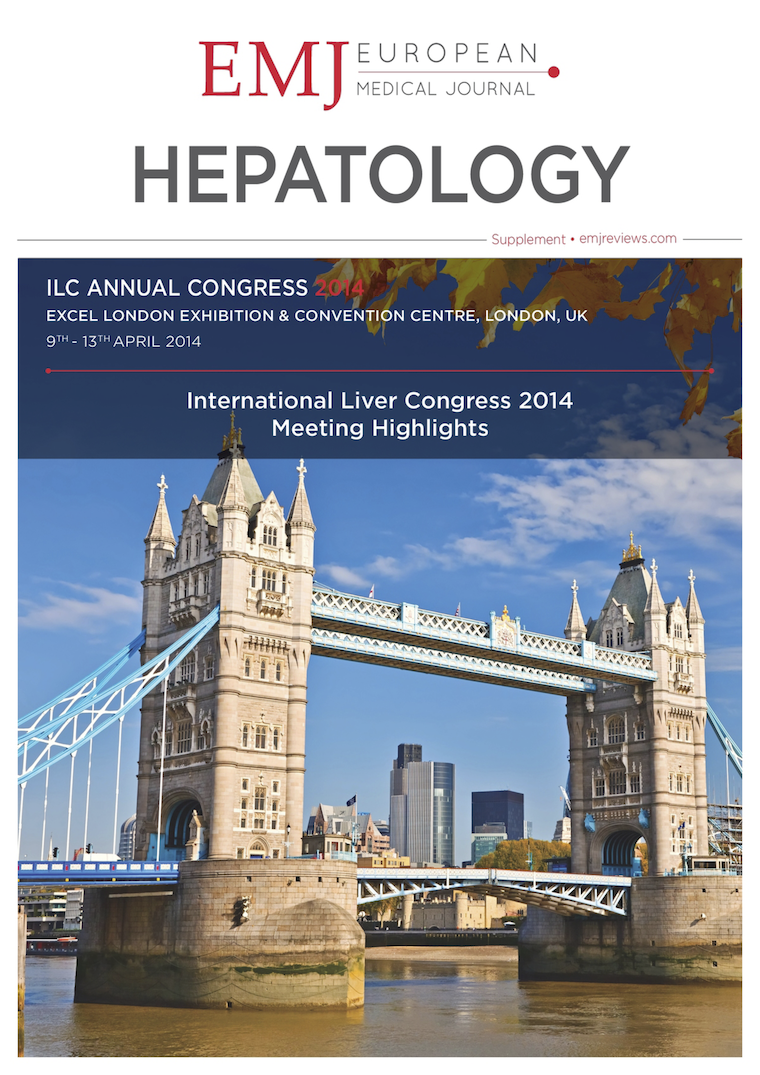The main objective of chronic hepatitis C virus (HCV) management is to provide high viral eradication rates with acceptable toxicity. The new era of direct-acting antivirals (DAAs) has considerably changed the standard of care, and each main congress provides new and insightful information. Very encouraging clinical data on interferon and ribavirin-free combinations with oral DAAs were recently made available, and comprise over 90%, and up to 100%, of infection cure rates for treatment-naïve patients; consistent results can also be observed across many difficult-to-cure subpopulations such as patients with advanced liver disease, HIV-coinfected patients, and patients in the post-liver transplant setting, which could, therefore, no longer be considered as difficult-to-cure populations. This review will summarise the highlights of the 2014 International Liver Congress that took place from 9th-13th April in London, UK, and will provide an outlook on the future of HCV treatment.
Latest articles
All articles



We’ve noticed you’re accessing
from North/South America.
from North/South America.

